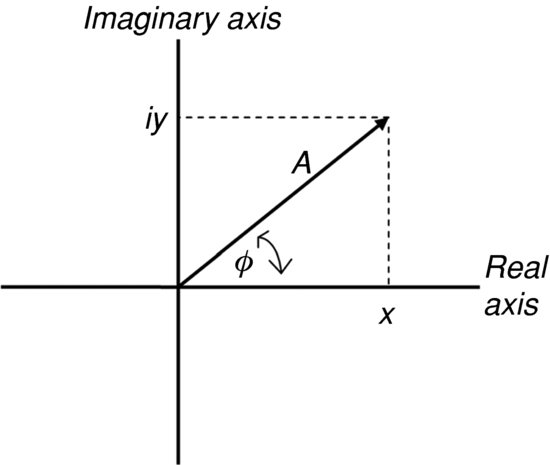numan
What! Me Worry?
- Mar 23, 2013
- 2,125
- 241
- 130
'
When Einstein examined her work, he wrote to Hilbert: "Yesterday I received from Miss Noether a very interesting paper on invariants. I'm impressed that such things can be understood in such a general way. The old guard at Göttingen should take some lessons from Miss Noether! She seems to know her stuff."

Emmy Noether
.
When Einstein examined her work, he wrote to Hilbert: "Yesterday I received from Miss Noether a very interesting paper on invariants. I'm impressed that such things can be understood in such a general way. The old guard at Göttingen should take some lessons from Miss Noether! She seems to know her stuff."

Emmy Noether
.
Last edited:



